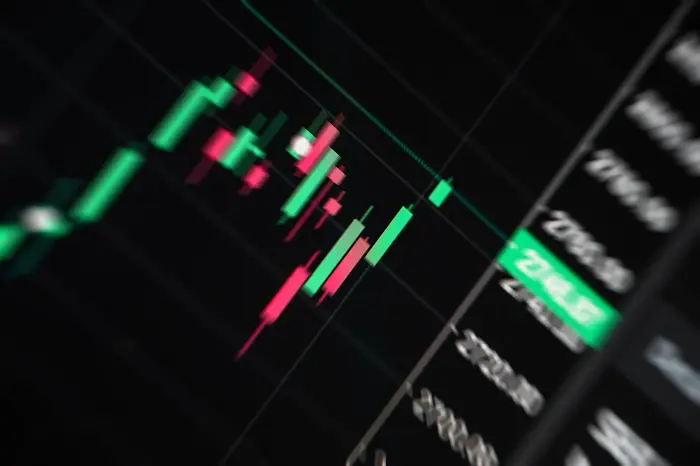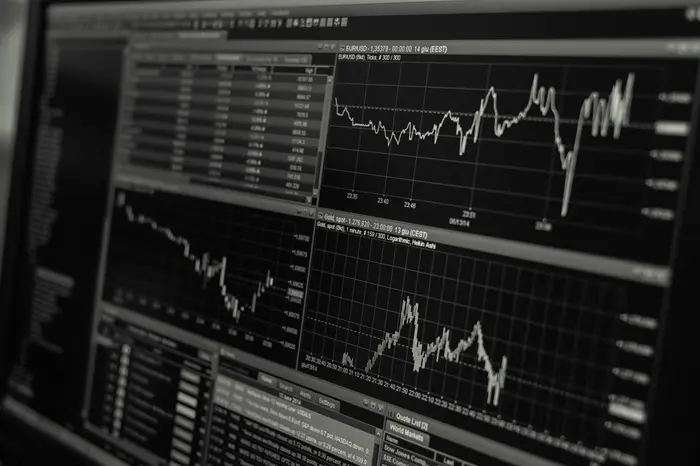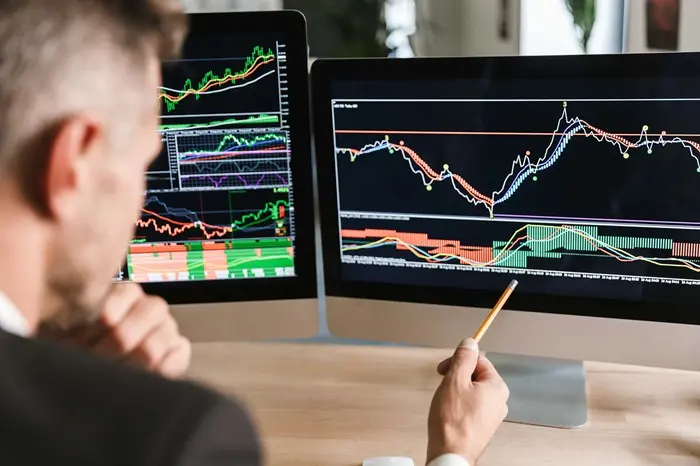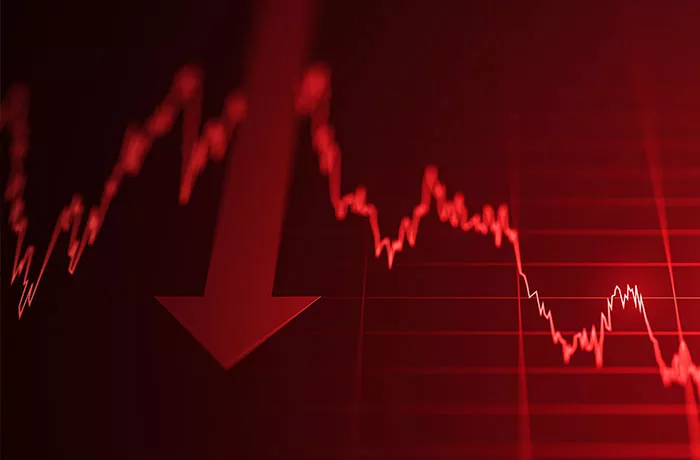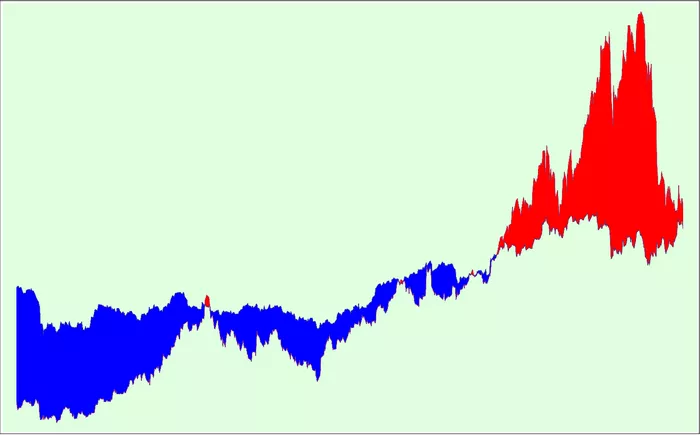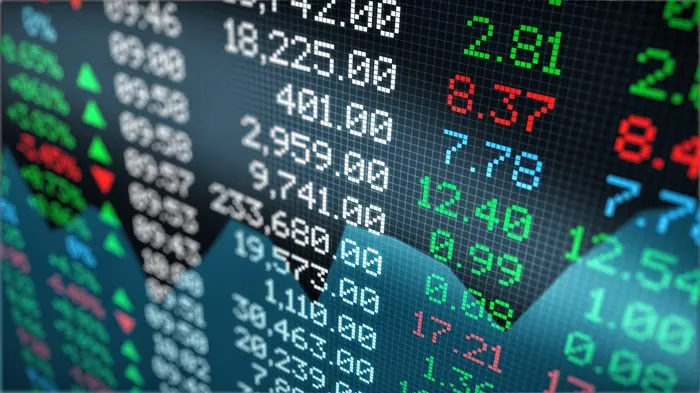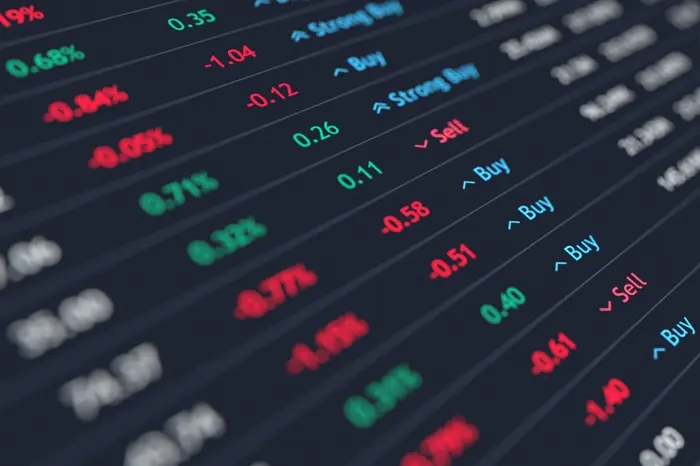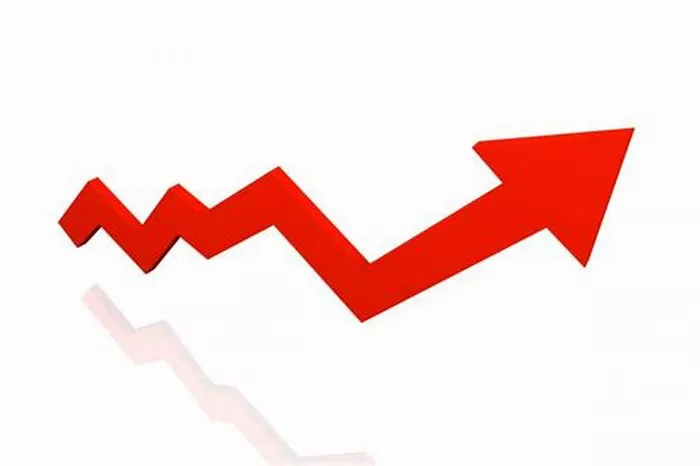The foreign exchange (Forex or FX) market is the largest and most liquid financial market in the world, with an average daily trading volume exceeding $6 trillion. It involves the buying and selling of currencies with the goal of making a profit. Whether you are a beginner or an experienced trader, understanding the fundamentals of Forex trading is essential to navigating the market successfully.
This article provides an in-depth guide on how to trade Forex, including key concepts, trading strategies, risk management techniques, and the steps to get started in the Forex market.
What Is Forex Trading?
Forex trading involves the exchange of one currency for another in a decentralized market. Traders speculate on the price movements of currency pairs, such as the EUR/USD (Euro/US Dollar) or GBP/USD (British Pound/US Dollar). These pairs represent the value of one currency against another. The goal of trading Forex is to profit from fluctuations in currency prices.
Forex trading can be done by individuals, institutions, and corporations. It can take place 24 hours a day, five days a week, making it a highly accessible market for anyone looking to participate.
Key Forex Trading Concepts
Before diving into the mechanics of Forex trading, it’s important to understand some of the key concepts that will help you succeed in the market.
Currency Pairs
Currency pairs are the foundation of Forex trading. They consist of two currencies: the base currency and the quote currency. The base currency is the first currency in the pair, and the quote currency is the second. For example, in the currency pair EUR/USD, the Euro (EUR) is the base currency, and the US Dollar (USD) is the quote currency.
The price of a currency pair indicates how much of the quote currency is needed to buy one unit of the base currency. If the EUR/USD pair is trading at 1.2000, it means that one Euro is worth 1.20 US Dollars.
Bid and Ask Price
The bid price is the price at which the market will buy the base currency, and the ask price is the price at which the market will sell it. The difference between these two prices is called the spread. Forex traders seek to profit by buying at the lower ask price and selling at the higher bid price.
Leverage
Leverage allows traders to control a larger position than their initial investment by borrowing funds from a broker. For example, if you have a leverage ratio of 100:1, you can control a $100,000 position with just $1,000 in margin. While leverage can amplify profits, it also increases the risk of losses.
Pip and Lot Size
A pip (percentage in point) is the smallest price movement in the Forex market. It represents a change in the value of a currency pair, usually measured to the fourth decimal place (0.0001). For example, if the EUR/USD pair moves from 1.2000 to 1.2005, that’s a 5-pip movement.
A lot refers to the number of units of a currency pair being traded. There are different types of lots, including standard lots (100,000 units), mini lots (10,000 units), and micro lots (1,000 units). The lot size determines the potential profit or loss for each pip movement.
Steps to Trade Forex
Now that we understand the basic concepts of Forex trading, let’s go through the steps to start trading in the market.
Step 1: Choose a Forex Broker
The first step in trading Forex is to choose a reliable and reputable Forex broker. A Forex broker is a firm or platform that provides access to the Forex market, allowing you to buy and sell currency pairs.
When selecting a broker, consider the following factors:
Regulation: Ensure that the broker is regulated by a recognized financial authority. Regulation helps protect your funds and ensures that the broker operates with transparency.
Trading Platform: Most brokers offer a trading platform where you can execute trades, analyze market data, and access trading tools. The platform should be user-friendly and equipped with essential features like charting tools and real-time data.
Spreads and Fees: Brokers charge fees in the form of spreads (the difference between the bid and ask price) and commissions. Lower spreads and competitive fees can improve your profitability.
Leverage Options: Different brokers offer various levels of leverage. Choose a broker that provides leverage options that align with your risk tolerance and trading style.
Customer Support: A reliable customer support team is essential in case you encounter any issues or need assistance with your account.
Step 2: Open a Trading Account
Once you’ve chosen a broker, the next step is to open a trading account. This usually involves providing personal information, financial details, and proof of identity. You may also need to complete a risk assessment to determine your trading experience and risk tolerance.
There are different types of accounts, such as:
Standard Accounts: Suitable for traders who want to trade larger volumes and have experience in the market.
Demo Accounts: Ideal for beginners who want to practice trading without risking real money. A demo account replicates real market conditions but uses virtual funds.
Islamic Accounts: These accounts are designed for traders who follow Islamic principles and require interest-free trading.
Step 3: Fund Your Account
After opening your trading account, you need to deposit funds into it. Most brokers offer a range of funding methods, including bank transfers, credit/debit cards, and e-wallets. The deposit process is usually straightforward, but be sure to check for any fees or minimum deposit requirements.
Step 4: Analyze the Forex Market
Before placing any trades, it’s crucial to analyze the Forex market. There are two main types of analysis used by Forex traders:
Technical Analysis
Technical analysis involves studying historical price data and using charting tools to predict future price movements. Traders look for patterns, trends, and indicators to make informed decisions. Some common technical analysis tools include:
Support and Resistance Levels: These are price levels where the market tends to reverse direction.
Moving Averages: These are indicators that smooth out price data to identify trends.
Relative Strength Index (RSI): This is a momentum oscillator that measures the speed and change of price movements.
Fundamental Analysis
Fundamental analysis focuses on economic and political factors that influence currency values. Traders analyze factors such as interest rates, inflation, GDP growth, and geopolitical events. By understanding these factors, traders can gauge the overall strength or weakness of a currency.
Step 5: Choose a Trading Strategy
To be successful in Forex trading, you need a well-defined trading strategy. A trading strategy helps you identify when to enter and exit trades, how much to risk, and what currency pairs to trade.
Some common Forex trading strategies include:
Day Trading: Involves making short-term trades and closing positions within the same day.
Swing Trading: Involves holding positions for several days or weeks to capture medium-term price movements.
Scalping: A high-frequency trading strategy that aims to profit from small price movements within minutes or seconds.
Position Trading: A long-term strategy where traders hold positions for weeks, months, or even years to capitalize on major trends.
Step 6: Place Your First Trade
Once you have a strategy in place and have analyzed the market, it’s time to place your first trade. Here’s a step-by-step guide:
Select a Currency Pair: Choose the currency pair you want to trade based on your analysis and strategy.
Determine the Trade Size: Decide how much of the currency pair you want to buy or sell. This will depend on the lot size and your available margin.
Set Your Entry and Exit Points: Determine the price levels at which you want to enter and exit the trade.
Set Stop Loss and Take Profit Orders: A stop loss is an order placed to limit your losses if the market moves against you. A take profit order allows you to lock in profits when the market reaches your desired level.
Execute the Trade: Once everything is set, execute the trade and monitor the market.
Step 7: Manage Risk
Risk management is crucial in Forex trading. Given the volatility of the market, it’s essential to protect your capital. Some key risk management strategies include:
Use Stop Loss Orders: Stop loss orders automatically close your position if the market moves against you, limiting your losses.
Risk Only a Small Percentage: Many traders risk no more than 1-2% of their account balance on a single trade. This helps preserve capital in case of losing trades.
Diversify Your Portfolio: Avoid putting all your funds into one trade or currency pair. Diversifying your portfolio can help reduce risk.
Step 8: Monitor and Evaluate Your Trades
After placing a trade, it’s important to monitor its progress and make adjustments if necessary. Keep an eye on market conditions, economic news, and any other factors that could impact the currency pair you are trading.
Additionally, evaluate your trading performance regularly to identify areas for improvement. Keep a trading journal where you record your trades, strategies, and outcomes. This will help you track your progress and refine your approach over time.
Conclusion
Forex trading is an exciting and potentially profitable activity, but it requires knowledge, discipline, and a well-thought-out strategy. By following the steps outlined in this article, you can learn how to trade Forex effectively and manage your risk. Remember that success in the Forex market doesn’t happen overnight. It takes time, practice, and continuous learning to become a successful trader.
Whether you’re just starting or have been trading for years, the key to success is to remain patient, stay disciplined, and always keep learning. With the right approach and mindset, you can unlock the opportunities the Forex market has to offer.
Related topics:



